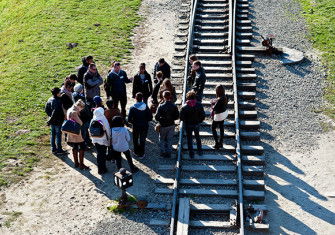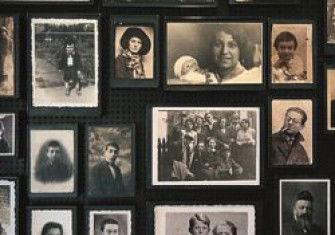Exhibiting Hatred
Suzanne Bardgett describes the process of creating the new Holocaust Exhibition at the Imperial War Museum and explains what it sets out to achieve.
On June 6th, the Queen will open the Imperial War Museum’s permanent Holocaust Exhibition, a narrative display covering two floors of the new £17 million extension to the Museum’s main building on Lambeth Road, that takes the visitor from the rise of the Nazis in the 1920s to the liberation of the camps in 1945. It will be thought a bold move by many. The Museum – so long the repository of a sober but essentially upbeat account of the winning of two world wars – will be host to a depiction of one of the most horrific and controversial events of modern times. At the same time, the Holocaust – considered by some to ‘lie outside, if not beyond, history’, to ‘defy both knowledge and description’ – will become just one element of a greater whole. Its protagonists will join a phalanx of other historical figures. The suffering of its victims will be documented under the same roof as that of millions of other victims of twentieth-century conflict.







